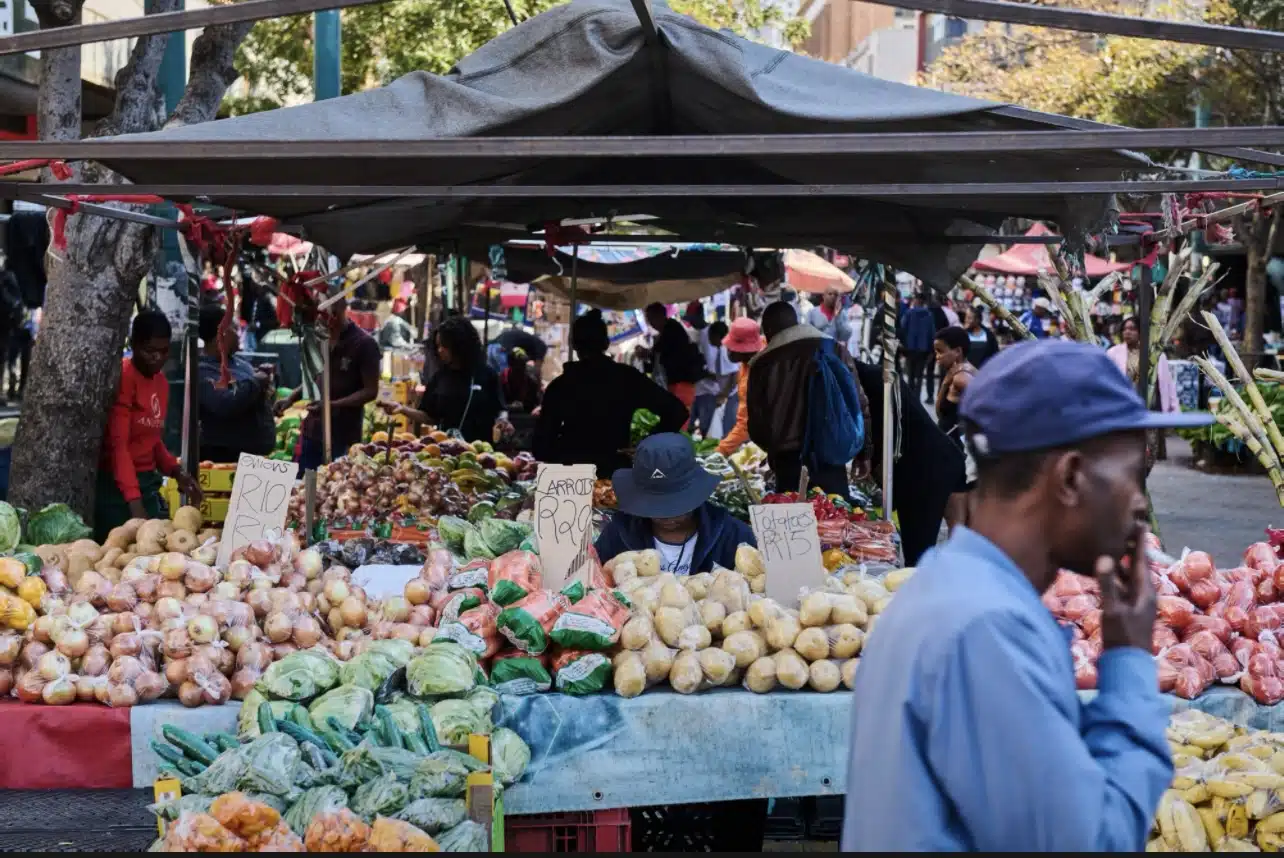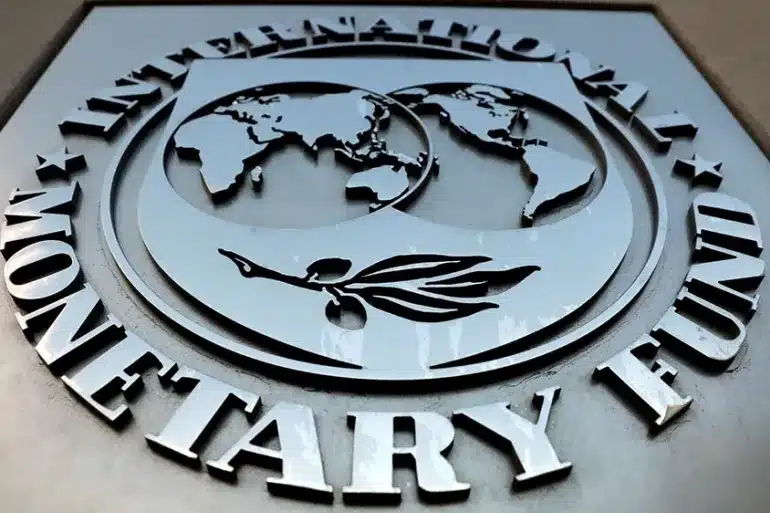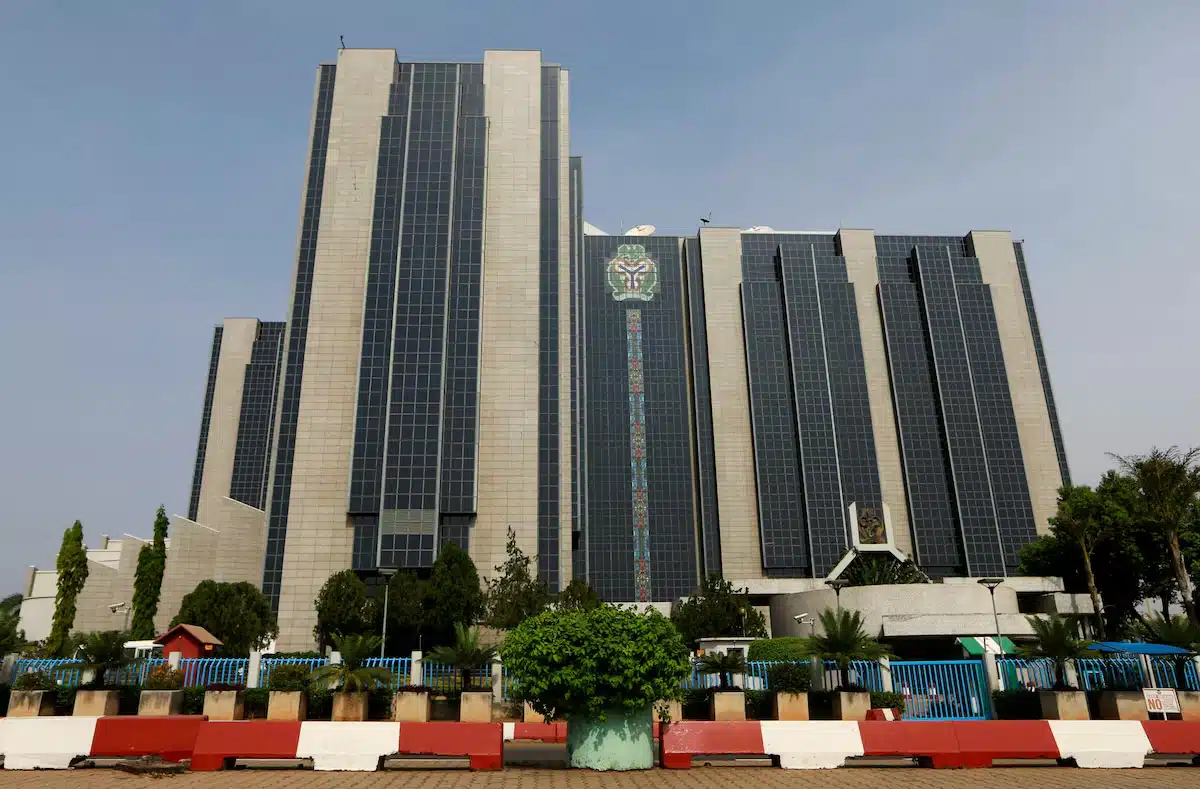Moody’s, a global credit rating agency, has flagged mounting fiscal risks for Kenya, warning that the country’s debt servicing costs remain among the highest in the world. The warning comes as Nairobi increasingly turns to domestic borrowing to plug persistent budget deficits.
In a report released on Wednesday, Moody’s outlined a grim fiscal outlook, pointing to surging interest costs, underperforming revenue, and ballooning external obligations—all of which could weaken Kenya’s credit profile and shake investor confidence.
Rising costs, shrinking room
Kenya now spends nearly one-third of its government revenue on interest payments—one of the worst debt affordability ratios globally, according to Moody’s.
As of the 2023/2024 fiscal year, Kenya’s total public debt stock stood at KSh 10.5 trillion ($81.9 billion), with domestic debt accounting for 51.1% (KSh 5.4 trillion or $41.7 billion). During the same period, debt servicing costs reached KSh 801.2 billion ($6.2 billion), with KSh 622.5 billion ($4.81 billion) allocated to interest payments, equivalent to 27.2% of total government revenue.
The growing debt burden is squeezing Kenya’s already limited fiscal space and forcing the government into a costly borrowing cycle.
“Kenya will rely predominantly on the domestic market to meet its fiscal financing needs, with approximately two-thirds of financing—just under 4% of GDP per year—sourced locally,” Moody’s noted.
John Mbadi, Kenya’s finance minister, projected a narrower budget deficit of 4.8% of GDP for the 2025/26 fiscal year, down from 5.7% the previous year. However, Moody’s remains unconvinced, citing structural weaknesses in revenue generation and persistent collection shortfalls.
Local borrowing: Necessary but costly
Kenya’s increased dependence on local markets began in earnest in fiscal year 2022/23, when the country faced a $2 billion Eurobond maturity amid a tight global credit environment, rising interest rates, and a depreciating shilling. Like many emerging markets, Kenya struggled to access affordable external financing, making domestic markets the default option.
But the trade-offs are significant.
Domestic borrowing has driven up interest rates, crowded out private sector credit, and worsened overall debt sustainability. Kenya’s debt-to-revenue ratio jumped to 68% in 2023/24, from 58.8% the year prior. Moreover, domestic debt is typically short-term and expensive, forcing the government to frequently roll over obligations, fueling a cycle of high refinancing costs.
International Monetary Fund Program: A lifeline?
With external debt repayments averaging $3.5 billion annually, Moody’s emphasised the need for concessional financing to ease liquidity pressures. The agency underscored the importance of securing a new IMF programme, which could serve as a fiscal anchor, lower borrowing costs, and help restore policy credibility.
Kamau Thugge, governor of Kenya’s central bank, confirmed that discussions with the IMF are ongoing, with the next meeting scheduled for September.
“A successful IMF programme could anchor investor confidence and reduce external borrowing costs,” Moody’s stated. Such a programme could also unlock access to cheaper, longer-term financing and reduce overreliance on the costly domestic market.
Credit risks and investor outlook
Moody’s analysis suggests Kenya’s biggest debt risk lies not in the absolute size of its obligations, but in affordability. While the debt-to-GDP ratio—currently around 68.2%—remains high but manageable, the proportion of revenue consumed by interest payments raises serious concerns.
Should the government miss fiscal targets or fail to secure IMF support, the risk of a credit rating downgrade will intensify, potentially driving up refinancing costs, spooking investors, and triggering capital outflows.









